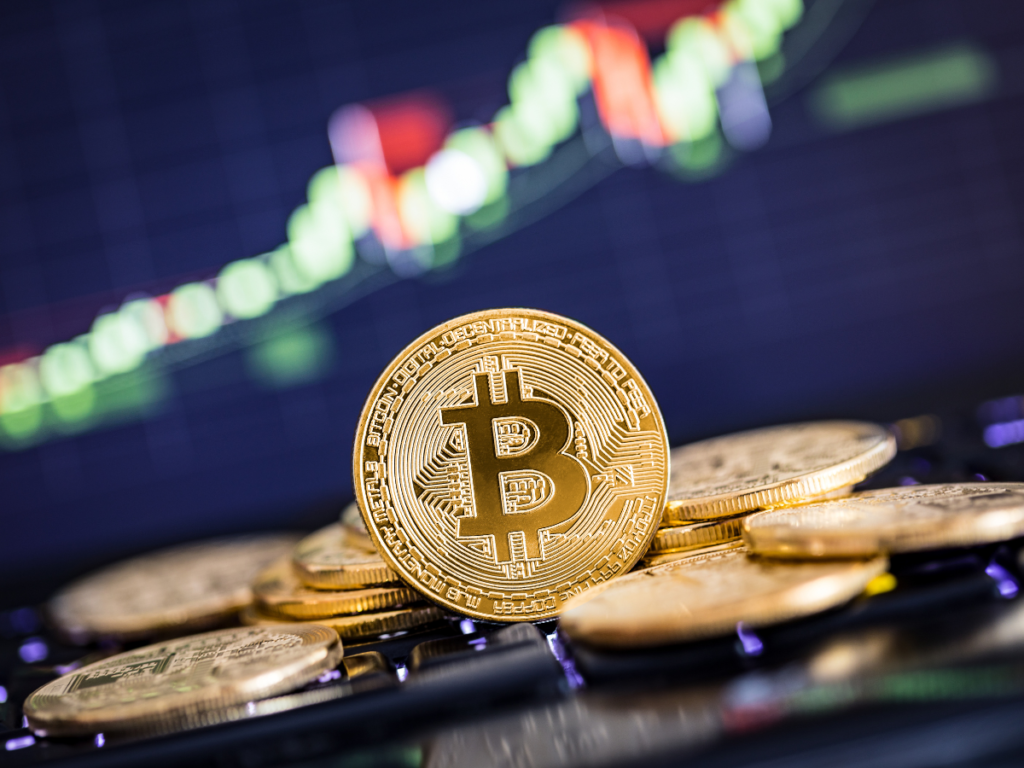Explore Bitcoin’s recent value and performance fluctuations and the factors behind its stability, focusing on the $25,833 eToro price.
Recently, there have been consistent drops in the value of the cryptocurrency Bitcoin, along with additional losses in its performance. But thereafter, its performance has exhibited a stability for reasons we will examine. Not surprisingly, the cost on eToro is approximately $25,833. Let’s examine every aspect down below.
Volatility and Macrodata: an examination of Bitcoin’s eToro performance
As expected, Bitcoin has continued to record weekly declines, indicating more reductions in activity. More specifically, the cryptocurrency saw volatility when investors looked through macroeconomic data at the beginning of the week, when it was trading above $26,000.
However, the market movement slowed down once the majority of this data was released to the public without disclosing any noteworthy surprises (except from the UK’s inflation rate).
As expected, the current price of Bitcoin is approximately $25,833 according to eToro. Even though Bitcoin has increased by more than 36% in the last year, its performance since June has not been very noteworthy.
Ether, which is down roughly 2.5 percent, has likewise shown more notable losses. The value started the week below $1,600 and continued to decline throughout the week, finally stabilizing at $1,560.
Put another way, aside from any unforeseen events, the market appears to be lacking in factors that could cause a lot of volatility this week, as there have been few important macroeconomic developments.
As the market has seemed quite stable for some time, players are currently waiting for clear signs to predict the future path.
Bitcoin halving: the procedure at 85% and market effects
At 85%, the Bitcoin halving cycle has now concluded, marking a significant milestone. At this rate, halving should occur by the middle of 2024. Remember that May 2020 marked the last halving.
As far as we are aware, halving is a feature of Bitcoin that reduces the mining reward by half after a predetermined number of blocks are solved. The amount of bitcoin awarded by the blockchain for each successfully mined block is currently 6.25, however it will decrease to 3.125 the next year.
The halving process has multiple ramifications, just like any other process. First, as mining’s profit margin shrinks, miners are compelled to enhance the effectiveness of their operations and move further toward the usage of renewable energy sources in order to save energy expenses.
Furthermore, halving reduces the amount of fresh tokens available, which can encourage even more scarcity. Even if halving may not have an instant impact on Bitcoin’s price, there is no denying that it has a big impact on market dynamics.

What does Ethereum’s low commissions in 2023 signify for the blockchain?
Recently, commissions on the Ether blockchain, which is part of the Ethereum network, dropped to their lowest point since 2023. Compared to the high transaction costs seen in 2021 and 2022, each transaction now costs roughly $1.15, which is a considerable decrease.
Although these reduced fees may be seen as an indication of market challenges and low transaction volumes, they may also be a sign of hope for the ecosystem’s future.
Reduced fees do, in fact, make transactions more convenient for both users and developers, which may encourage more activity and adoption.
Given that these pricing signals have the power to affect demand, this phenomena is a component of the blockchain’s economic dynamics. Lower fees can point to a pause in activity, but they might also portend an impending spike in participation.
Furthermore, we mention that Google Cloud, the business that runs cloud computing, just added 11 more blockchain networks to its BigQuery program. This action greatly broadens Google’s blockchain portfolio, adding projects like Polygon and Polkadot to the mix of Dogecoin, Ethereum, and Bitcoin.
BigQuery acts as a blockchain data repository, giving programmers and developers access to a plethora of publicly available, but frequently difficult to evaluate separately, blockchain data.
Google’s dedication to blockchain is noteworthy since it aims to offer Web3 and other cryptography initiatives features that might not be immediately clear or appropriate for customers.
In spite of the recent fluctuations in the market, this growth indicates a significant player’s ongoing interest in the blockchain space.











